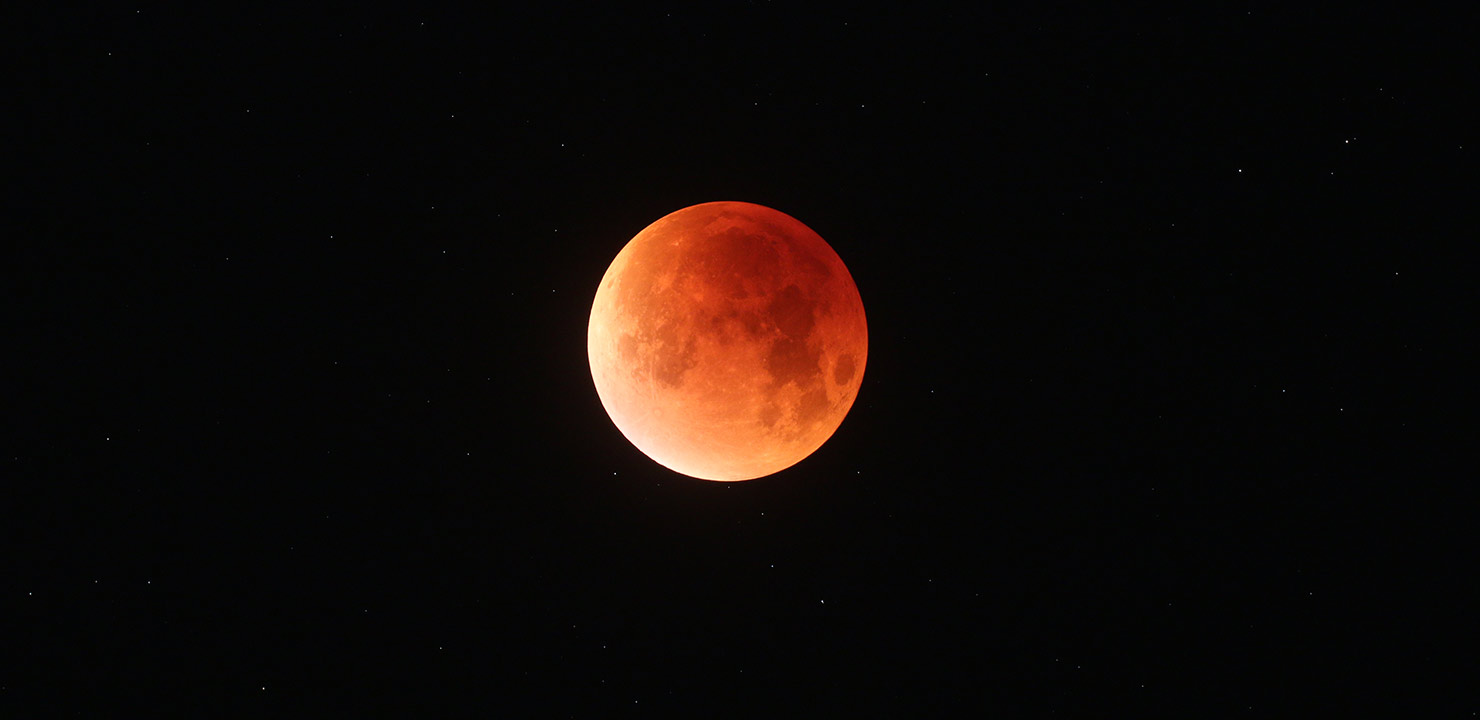
Skylights: May 2022
May 2022 :
Note: This article may contain outdated information
This article was published in the May 2022 issue of The Skyscraper and likely contains some information that was pertinent only for that month. It is being provided here for historical reference only.
May opens with Mercury’s best evening apparition of 2022 already in progress, as the innermost planet sweeps past the Pleiades, saying farewell to the northern sky’s most notable open star cluster for the season. Mercury just passed greatest elongation at the end of April, and is still 20° east of the Sun at the beginning of May. With the ecliptic intersecting the northwestern horizon at a steep angle after sunset during this time of year, Mercury remains in the evening sky for almost 2 hours after sundown. On the 2nd, the 4.2% illuminated waxing crescent Moon lies just 4° to Mercury’s left, making for a fine binocular and photographic sight.
Mercury rapidly sinks back towards the Sun during the second week of May, as it is at inferior conjunction on the 21st, and returns to the morning sky, though remaining rather low, at the end of the month.
Once Mercury sets, our evening sky is devoid of planets, however, Saturn rises earlier each morning, which occurs at about 3am on the 1st and 1:00am on the 31st. Saturn is located in eastern Capricornus, and is at quadrature (90° west of the Sun) on the 15th, placing it high in the sky before dawn, and suitable for telescopic observation. If you haven’t gazed at Saturn since last year, you’ll notice the angle of its rings towards our view has narrowed considerably. The ring tilt is now just over 15°, and will generally be decreasing until March 2025, when they appear edge-on.
While observing Saturn in early May, you may notice an 8th magnitude object passing less than a degree to its south, especially on the nights of May 6-8. This is the large asteroid 4 Vesta. Vesta is about 2 AU away, and Saturn is just over 10.
The Sun rises earlier than 5:30am beginning on May 11th, and will remain that way through July 21st.
Sunsets begin to occur during the 8pm hour on May 17, and will remain through August 4. The Sun crosses the border from Aries into Taurus on May 14, and on the 25th, it will cross the line connecting Aldebaran and the Pleiades.
During the first week of May, follow the waxing crescent Moon for a tour of some of the highlights of the departing winter sky. On the 4th, it is just 2.5° from the binocular-visible cluster M35 in Gemini. On the 6th it lies 2.5° south of Pollux in the same constellation, and on the 7th it lies 3° north of star cluster M44 in Cancer.
First quarter Moon occurs on the 8th, and if you’re up for a bit of an observing challenge, the spiral galaxy NGC 2903 lies just 1.5° to its north. As the Moon waxes through its gibbous phases, it appears near Regulus, in Leo, on the 9th, and Spica, in Virgo, on the 13th. On the night following the eclipse, it passes just 2° north of Antares, in Scorpius.
The most notable sky event in May coincides with the Full Flower Moon on the night of the 15th-16th, when a total lunar eclipse occurs. After moonrise at 7:41pm, the Moon will be well above the horizon during all phases of the eclipse, which takes place in Libra. First contact of the penumbra occurs at 9:23pm, then the first contact of the umbral phase starts at 10:27pm. Totality begins at 11:29pm and lasts for 86 minutes, with mid-eclipse occurring at 12:11am. Totality ends at 12:53am and the entire eclipse is over at 2:50am.
Last quarter occurs on the 22nd, when it shines 4.9° southeast of Saturn. On the 25th, the waning crescent Moon is 4.7° east of Jupiter, and then passes 2.8° east of Venus on the 27th.
The Moon is new on the 30th, beginning Lunation number 1230.
Mars passes 0.5° south of Neptune on the 18th. The conjunction will look best in a large telescope, in which a color contrast between reddish Mars and bluish Neptune will be more apparent. Mars and Neptune are 1.532 AU and 30.373 AU from Earth, respectively, and the Red Planet shines 673 times brighter than our outermost planet.
A conjunction of Jupiter and Mars occurs on the 29th, when Mars is just 0.6° south of Jupiter. While appearing close together in our sky, Jupiter is 3.5 times farther from us than Mars.
Uranus is in conjunction on the 5th, and will not be observable until next month.
As an indication of how much the seasonal sky shifts during the month of May, look nearly overhead to the pointer stars of the Big Dipper just after evening twilight. At the beginning of May they are situated directly over Polaris, in the 12 o’clock position. Now view them again at the end of twilight at the end of the month, and note the change in their angle relative to Polaris.
Arcturus transits the meridian on May 8th, indicating that we are now looking at the mid-spring sky. While this is still a good time to view the Realm of the Galaxies, we’re now seeing the Milky Way and the Summer Triangle (consisting of Vega, Deneb, and Altair) rising out of the east in the late evening hours.



